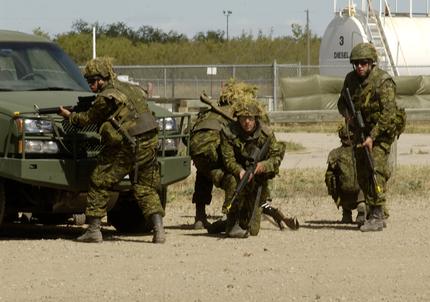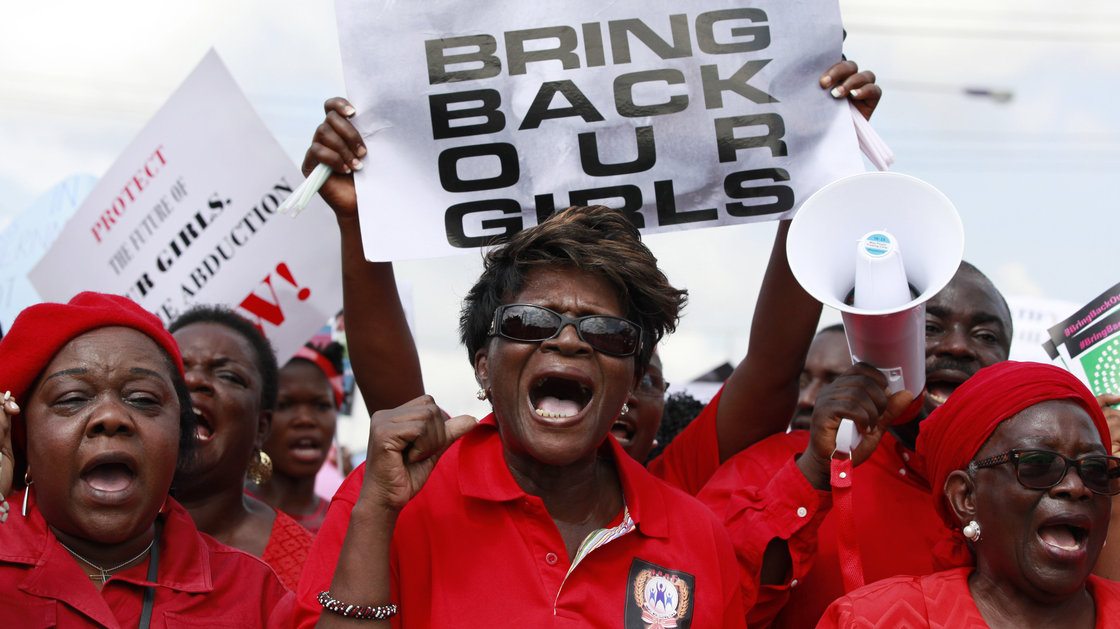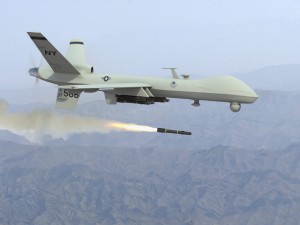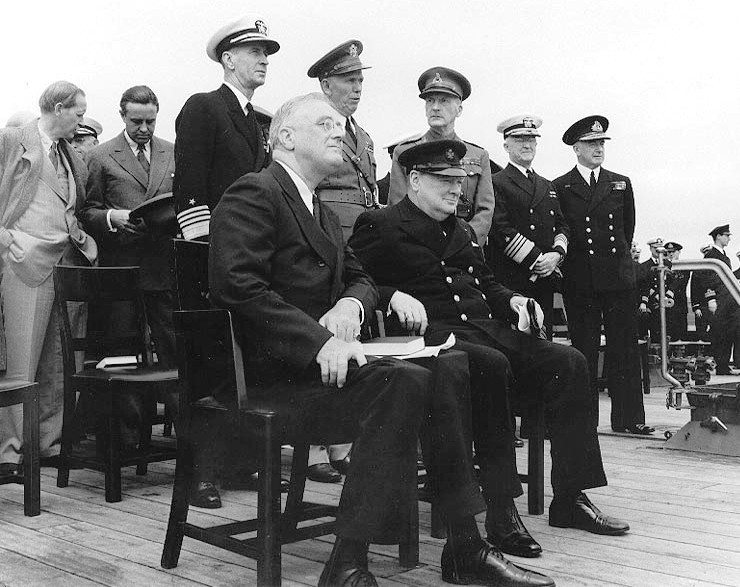Since their formation, the Canadian reserves have played a vital role in Canadian military and strategic policy. The reserves were originally designed to utilize a strategic model of deployment, under which a large number of men and women could be mobilized at a moment’s notice to respond to threats to Canadian security. Primary reservists, the largest and most utilized section of the reserves, are trained to the same standard as regular soldiers and are designed to fulfill the same duties as soldier should the need arise. After the end of the Cold War, Canadian military doctrine concerning the reserves changed. Now following an operational model, the reserves receive the same training as regular soldiers in order to be deployed on the same missions as full-time Canadian Forces troops. This concept is known as the total force policy.
Reserve and Protect
While the policy of total force is rooted in a 1987 policy paper, it was the budget cuts by the Chretien government to the military in 1990s that saw its implementation. The cuts strained the military’s abilities to conduct operations. Reservists were then used to fill the void and support the full-time soldiers as a result. This tactic of utilizing reservists in situations befitting regular soldiers has now become commonplace. The reserves are also called upon whenever extra security is needed. Reservists were placed at the 2010 G8 and G20 summits. In February 2010, 15,000 primary reservists, of the 25,000 that comprise the primary reserve, were engaged in full-time service. These types of missions are becoming increasingly common for the reserves.
It is important to note that the trend of relying more heavily on military reservists is not unique to Canada. The Canadian military is undersized proportional to its population when compared to other Western states such as the United Kingdom. Countries are utilizing their reserves in greater numbers as they undertake an increasing number of combat missions. Reservists cost less per person than their full-time counterparts and are therefore appealing to military planners with budget shortfalls. This is not to say that the trend is inherently problematic. Utilizing reservists for domestic missions, such as disaster relief or security, makes sense on a micro level. Reservists are locally based and often bring supplementary skills to their assignments.
[captionpix align=”right” theme=”elegant” width=”300″ imgsrc=”http://natoassociation.ca/wp-content/uploads/2013/06/MacKayandGeneral.jpg” captiontext=”Minister of Defence Peter MacKay meets with Lt.-Col. Shane Patterson.”]
Stand (on your own) and Deliver
The ability of the reserves to work effectively without adequate support is an open question. Any organization will have a difficult time functioning properly when asked to shoulder a greater responsibility with fewer resources. Canada’s reservists are currently heavily deployed in Afghanistan, where they are expected to fulfill full-time roles. Compounding the problem is the fact that a substantial portion of the 330 million dollars earmarked for 19,000 front-line reservists in Afghanistan was actually used on bureaucratic reservists working at military buildings across Canada. The Harper government’s 2013 budget has seen fewer resources placed at the military’s disposal. Foreign Minister Peter McKay is on record as stating that he expected the reserves to help ameliorate the shortfall. Going even further, McKay has said that the number of reservists would actually increase despite the cuts to the budget.
How the government expects the reserves to execute these tasks is a mystery. Previously, the National Post reported that the reserves had seen their budget reduced by 25%. The training for reservists has also been diminished as a result of reduced funding. Canadian military doctrine states that reservists should receive 45.5 days of training a year. In actuality, Canadian reservists were only trained an average of 35 days per year. This is a 23% reduction of all training. The reduction in training is expected to continue into the future as well. Western Canadian units are expected to receive only 27 days of training per year. Units based in Ontario and Quebec will fare slightly better, with 30 days of training. This means that Canadian reservists may be expected to perform their jobs satisfactorily with only two-thirds of their required training. Training affects every aspect of a soldier’s ability to function in their assigned environment. By drastically decreasing the amount of training the reservists receive, the Canadian government is compromising the ability of the reservists to function in a professional and competent manner. This is especially troubling after Prime Minister Harper explicitly stated that front line operations would not be affected by budget reductions.
As Canada’s relies more heavily on its reservists, it must fulfill its obligations to them by providing them with adequate funding. By reducing training for the reserves, the Canadian government is endangering the lives of its citizen-soldiers. So far the reserves have performed admirably under the circumstances. One can only wonder if these nominally part-time soldiers will be able to bear the full-time burden placed upon them.




